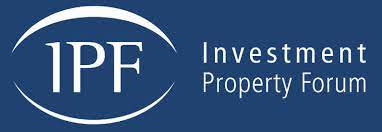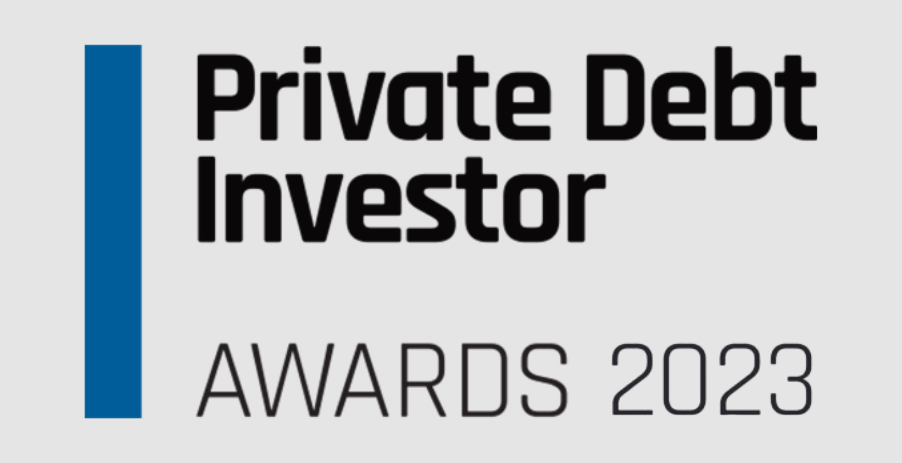
2023 has been a challenging year for financial markets – and lenders have had to adapt at pace. By March, three major US banks had collapsed, sending markets into turmoil. The European banking sector was only spared the same scenario by UBS’s eleventh-hour take-over of Credit Suisse. In the UK, as elsewhere in the world, a prolonged period of interest rate rises by the Bank of England since late 2021 has driven significant credit tightening and compounded an increasingly challenging environment for borrowers (both corporate and individual).
Base rates now look to have plateaued at a 15-year high and inflation has fallen significantly. However, the delayed impact of interest rate rises, combined with BoE Governor Andrew Bailey’s warning in November that we won’t see rate cuts for the “foreseeable future”, means that the impact of these consecutive and sustained rate rises will be with us for some time still.
One major consequence has been mortgages becoming increasingly unaffordable – and, by extension, house prices dipping. This is delaying the construction of new build-to-sell schemes, because developers assess the economics of new projects with reference to present-day prices. In addition, months of high inflation have squeezed the construction of new schemes, increasing material expenses and inflating labour costs. Coupled with a lack of effective policy to unblock planning obstacles, developers have been up against it.
All of that has resulted in a lower supply of new projects for lenders in the residential real estate sector to finance, as borrowers avoid initiating development.
As lenders, we have had to adapt quickly to these changes and develop new financial products, to both fit the needs of our borrowers and to continue productively deploying capital for our investors. Fortunately, non-bank lenders in particular are in an advantageous position to do this, with increased capability to be flexible and adapt much faster than their bank counterparts.
While it might take larger, more traditional banks some time to pivot, private fund managers are able to respond much faster. Just look at the world of corporate lending, where banks are only now piling into the private credit asset class, where funds have been active for over a decade. Rather than having specific teams dedicated to certain product types, the mandate of a non-bank lender is more nimble, less encumbered by bureaucracy, and therefore able to change and respond to shifting markets. This means deploying capital via new methods is easier to expedite if need be.
Bridge lending is one example of how our firm is expanding its offering amidst a changing financial landscape. Also known as inventory lending, it primarily refers to a short-term financing solution for developers who are either nearing or have reached completion on their schemes and are now transitioning to the sale or letting stage. Where the original development loan has reached (or is nearing) maturity, and the incumbent lender needs to be repaid before the assets are cash-generative, Bridge lending essentially provides much-needed support to developers while they seek to start generating revenue from their assets, via selling or leasing.
As the lender, there are significant benefits to bridge lending during market uncertainty. The principal risk with development loans is always the construction itself. Material supply chains, local councils, workforces and weather conditions are just a few risk factors that can hinder timely construction. With bridge lending, this primary risk is mitigated because the scheme is already or almost built. Yet the returns are not dissimilar to a development loan, given the market often under-prices the risk premium of construction – we estimate sometimes by as much as 100 basis points. There is also the added benefit of visiting the built asset against which your loan is secured, rather than relying on CGI technology. Of course, there are other due diligence processes and risks to consider, but as a real estate lender, a loan with these risks alleviated is an attractive prospect when so much is in flux.
Interest rates are not expected to fall until 2025. While inflation is declining and cost of living pressures should, in theory, ease, if rates stay higher for longer, markets are likely to remain turbulent. The mantra ‘stay alive until ‘25’ has been brandished by many in the finance sector, a testament to the current pressures on markets.
Despite this, residential non-bank lenders are finding new ways to put capital to work. They are offering the financing solutions that developers require to address an economic and societal need that remains urgent, no matter the monetary policy environment: housing.















